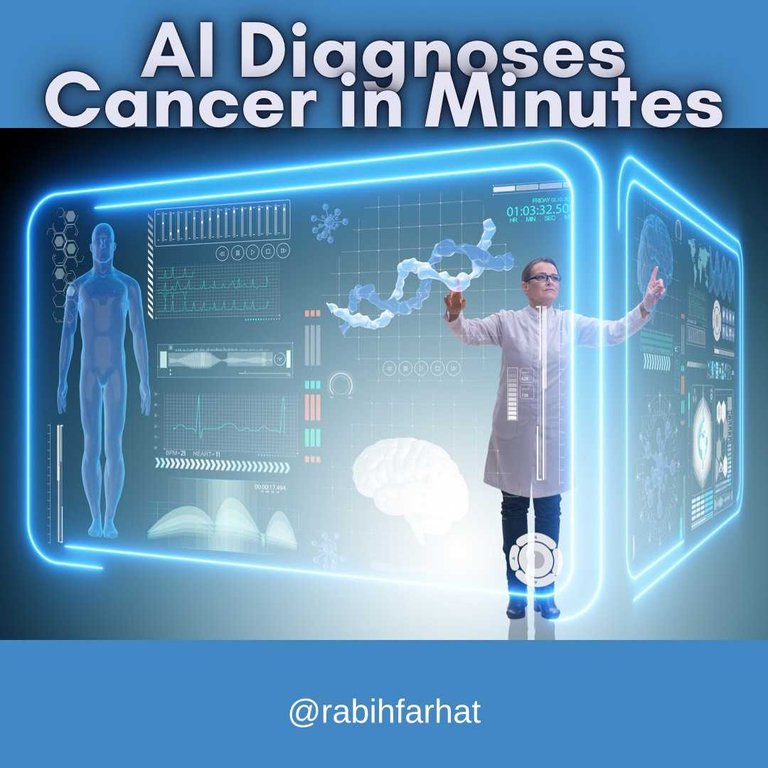Introduction
Instead of analyzing the biopsies under the microscope, the doctor relied on a screen, before artificial intelligence came into play in helping to diagnose some types of cancer or predict the possibility of their development.
Reading slides on a screen can change doctors' practices towards highly accurate pathology, and that will positively affect the medical results. For now, it is possible to digitize glass slides of tissue samples using very powerful scanners, and they can be analyzed on-screen and subjected to artificial intelligence algorithms.
Even if there is a shortage of pathologists in general, AI will free up time to do tasks more frequently and quickly.
This is just the beginning of the road, where one click on the computer is enough to show a diagnosis in a few minutes, in the form of a document, revealing the risk of relapse in a patient suffering from breast cancer at an early stage. And that is for example.
This time, the outlook is encouraging. But this will not be taken into account in the doctor's diagnosis, as the solution provided by artificial intelligence through “learning”, despite being integrated into the work environment of pathologists for several months, still must obtain permission to be allowed to be used in the medical routine. This certification is expected to be obtained approximately in mid-2025.
Artificial Intelligence can be the master of the game because the pathologist may be a little tired after a lot of work, but the algorithm never gets tired!Also, this tool may exceed the capabilities of the doctor’s eye, hence the idea of the “augmented pathologist.” However, the doctor remains the key by controlling the consistency of the algorithm's result.The biotechnology was trained on a database of thousands of patient slides from the Gustave Roussy Cancer Centre, the first European cancer center, in the southern suburbs of Paris. And work is continuing to improve the tool by relying on the experience of pathologists.
Also in prostate cancer, AI algorithms are helping pathologists gain quality, speed, and accuracy.Thanks to access to the cloud computing platform for pathology with the help of artificial intelligence from the Finnish company Ariforia, the doctor can detect the locations of this cancer in a few minutes, measure its surface area, and determine its level of risk.
Previously, doctors would mark points on a slide to measure the cancerous site using a ruler under a microscope. In prostate biopsies, it is necessary to analyze an average of a specific number of slides for each patient, a time-consuming task that has been reduced by about 30 percent thanks to algorithms.
Conclusion
Today, it has become possible for biopsies to be examined and analyzed at night using the existing algorithm and in the morning, when the doctors arrive, all the information is available, and this is what makes artificial intelligence very effective in providing these basic services.
For breast or prostate cancer, the goal is to avoid unnecessary treatments and achieve what is called “curative relief.”
The hope is that this will contribute to improved patient care, and thanks to the accuracy of diagnosis, the patients treated “will be patients with aggressive cancers.”
This would speed up the treatment time and also reduce the financial burden on patients.
*Image designed using Canva
Posted Using InLeo Alpha
